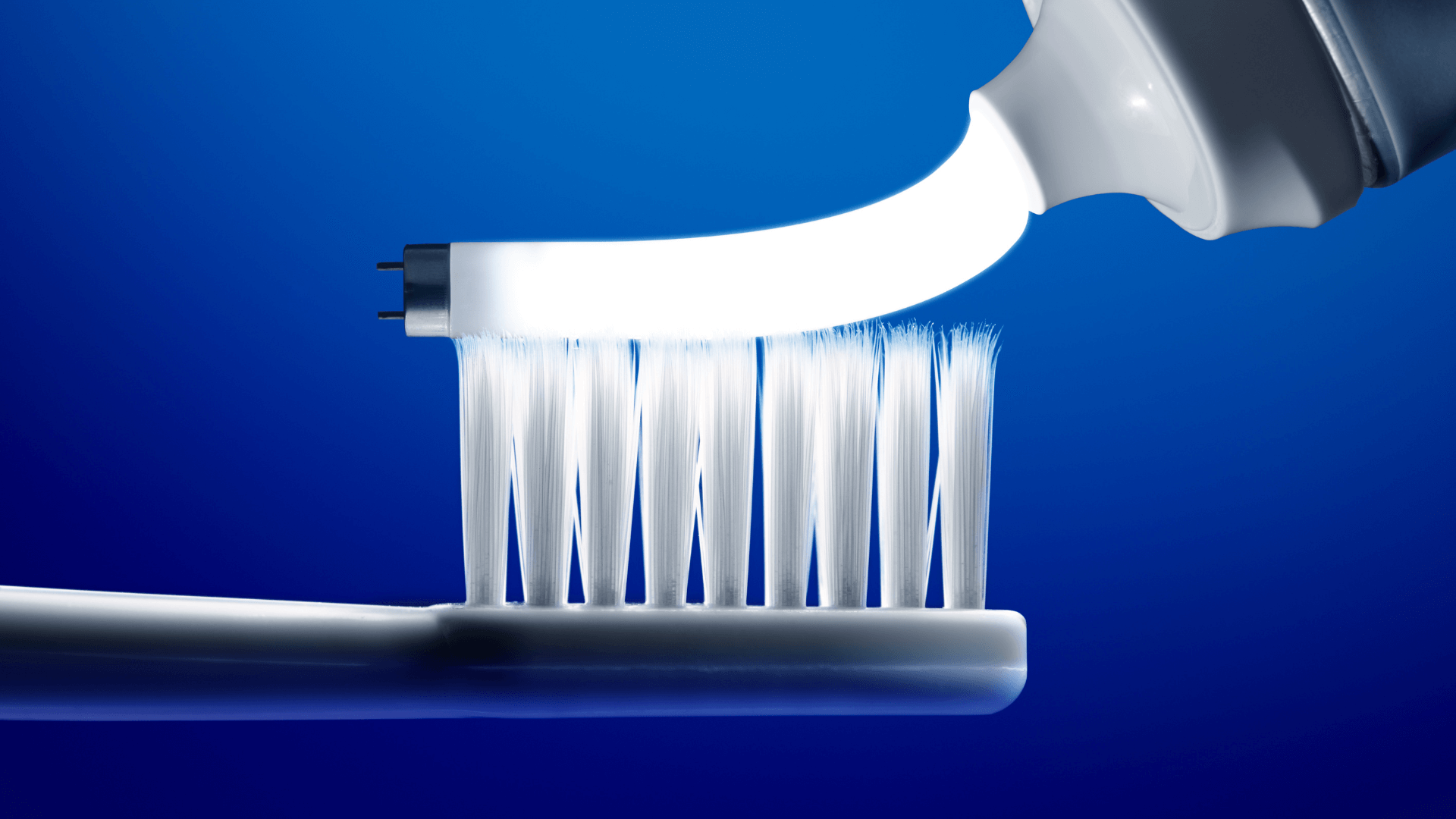
Protected by a safe toothpaste Abrasivity
Protected by a safe RDA: Setting the record straight about toothpaste abrasivity.
By Pamela Maragliano-Muniz, DMD
Dental professionals hear a lot of opinions about toothpaste abrasivity. There are misunderstandings about the meaning of relative dentin abrasion (RDA) values and what they convey about the safety of a toothpaste. It can be difficult to distinguish fact from fiction. For example, a common misperception is that a toothpaste with an RDA below 100 is safer than one with an RDA of 200. This just isn’t true. The fact is that a toothpaste with an RDA of 250 is just as safe as a toothpaste with an RDA of 0-249. Any toothpaste with an RDA of ≤250, the recognized threshold for safety, is safe for a lifetime of use.
The concern about toothpaste abrasivity is related to tooth wear, an important issue that has gotten quite a bit of attention lately. Tooth wear is multifactorial, and toothpaste abrasives play only a small role in the process compared to other contributing factors. The purpose of this article is to explore the role of abrasives in dentifrice, describe the test that measures toothpaste abrasivity and how these results should be interpreted, and outline implications for clinical practice.
The ISO specification states that a toothpaste should not exceed an RDA of 250, which is considered the safe limit for hard tissues, and that toothpaste with an RDA value below 250 is safe for daily use. This upper limit of “250” is 2.5 times the abrasiveness of the reference standard. Since the ISO and ADA standards were established, the industry has largely self-regulated and toothpastes with an RDA value over 250 have been removed from the market. The ISO standards ensure that all products for sale meet the standards for safety.
Stain removal-There is typically a much lower stain removal benefit for toothpastes with RDA values less than 100 compared to those with values greater than 100. Once you exceed an RDA value of 250, there is little incremental stain removal benefit (see Figure 1).
Dentin wear-A prevailing belief is that a lower RDA value is safer and there have been claims that an RDA value over 150 is considered unsafe. There is no clinical basis for this assertion and this “information,” most commonly accessible on the internet, is incorrect and misleading. Clinical studies looking at the difference in dentin wear between toothpastes with various RDA levels below 250 have not shown a significant difference in wear.6,7 Toothpastes should be considered as either “less than” or “more than” the RDA upper limit of 250-like a “pass/fail” test. There are no degrees of safety below 250.
The RDA test is an indication of the abrasive potential of a toothpaste as tested under laboratory conditions, which are much more extreme than typical everyday brushing.
For example, the RDA test does not include pellicle, which plays a major role in protecting the teeth from wear processes in real life. Furthermore, the RDA method generally includes 1,500 continuous, horizontal manual toothbrush strokes, which is equivalent to approximately two months of brushing all at once. Most patients only spend about 5 seconds brushing each tooth surface and under these conditions the protective pellicle is not removed.
Here are the three key takeaways about toothpaste abrasivity:
- Abrasive compounds are important to remove stain and to efficiently remove plaque during toothbrushing.
- The RDA test is an indication of the abrasive potential of a dentifrice as tested under laboratory conditions, which are more extreme than typical everyday brushing. A toothpaste with an RDA equal to or under 250 is safe for a lifetime of use.
- It’s important to assess patients for all tooth wear risk factors; relative to erosion and attrition, toothpaste abrasivity plays a small role in tooth wear.
Link to the source click here.
